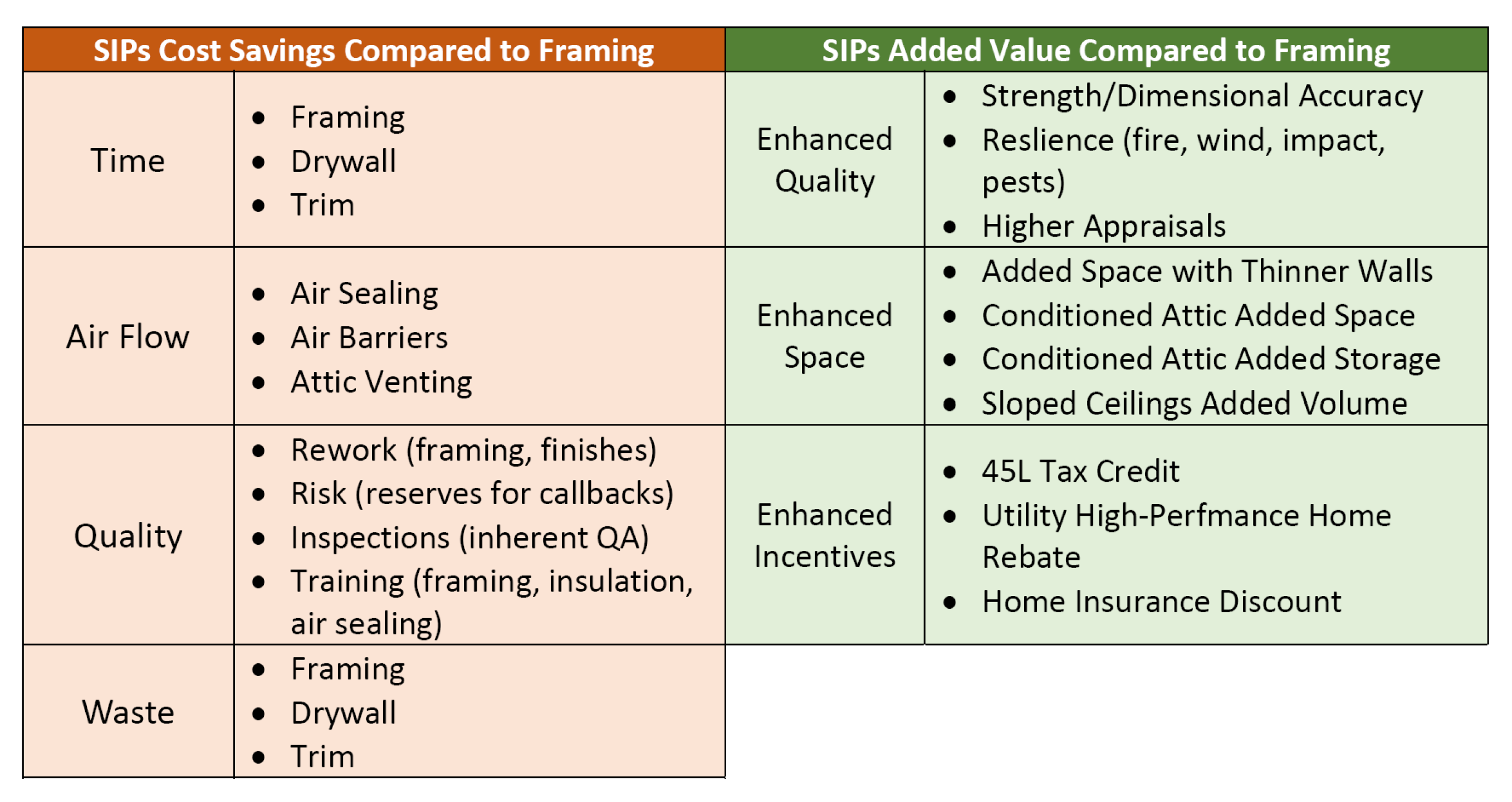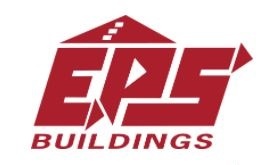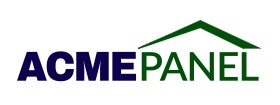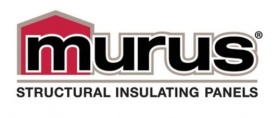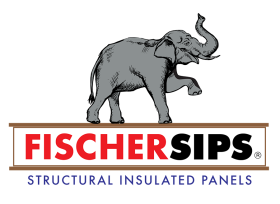
The housing industry is witnessing an unprecedented demand for innovation and financial efficiency as the need for affordable housing continues to surge. Labor shortages and escalating construction costs pose significant challenges. However, within this demanding landscape, Structural Insulated Panels (SIPs) have been a proven solution, revolutionizing the way high-performance homes are constructed.
Despite the building science and proven resilience, SIPs have faced challenges in capturing the attention of mainstream builders and architects. SIPs offer a 21st-century approach to building, one that not only achieves cost neutrality but often proves more economical than conventional construction techniques. This is the first of a 3-part series exploring the undeniable advantages of SIPs through real-world case studies.
Check out Part 1 of this blog series for the first high-performance case study.
SIPA True Cost Bidding Tool (STCBT)
To overcome the challenges of introducing SIPs to builders and architects, the Structural Insulated Panel Association (SIPA) developed a bidding tool aimed at effectively conveying the value of SIPs’ advanced enclosure technology. The problem lies in the traditional bidding process, where SIPs were often reduced to a mere comparison of framing packages. To drive wider adoption of SIPs, it is essential to clearly illustrate the true cost benefits of these innovative panels, contrasting them with the age-old framing technology that has been in use for over a century.
And so, the SIPA True Cost Bidding Tool (STCBT) was created. This tool serves as a bridge between conventional framing and advanced SIPs, simplifying the process and providing clarity on the cost differential. In this 3-part series, we will discuss the real value creation that SIPs bring to the housing industry, highlighting case studies that showcase their distinct advantages over traditional construction methods.
Case Study: Non-SIPs-Optimized Custom Home
Addison Homes, owned by Todd Usher, a reputable high-performance home builder in Greenville, South Carolina, presented a new custom home plan that Todd intended as a showhome. The project encompassed approximately 2,740 square feet, featuring three bedrooms and two baths, with an anticipated retail price of $450,000.
The original plan for the home was not optimized for SIPs. It lacked alignment with 2-foot dimensions and an open floor plan suitable for SIPs’ ridge beam support, necessitating conventional roof truss framing.
When bids were requested from three SIP companies for wall and roof panels, the comparison involved conventional framing cost estimates and a true cost analysis considering factors like insulation, air sealing, finishes, quality, and cycle time. Additional value was incorporated, focusing on the enhanced strength and resilience of the home.
Initially, due to the non-SIPs-optimized plan and the necessity for both SIPs and framing for the roof, significant additional costs were incurred. Collaboration with the SIPs company led to adjustments that reduced the need for roof trusses, without compromising the design’s integrity. This more SIPs-optimized approach resulted in an $18,000 lower cost for the SIPs package.
The results of the Addison Home case study reveal the following:
Baseline Comparison: SIPs incurred a substantial $42,868 cost premium, which was 69% higher than conventional framing
True Cost Analysis (Non-SIPs Optimized): A $13,013 net cost and added value premium for SIPs, 10% greater than conventional framing
True Costs Analysis (SIPs Optimized): A $4,987 cost and added value advantage for SIPs, 4% lower than conventional framing. This emphasizes the significant benefits of a well-optimized SIP-based design.
The Addison Homes case study exemplifies the advantages of integrating SIPs into construction, showcasing not just cost differentials but also the substantial added value SIPs bring to building projects. This emphasizes the rationale for builders and homeowners to consider embracing SIP technology in their construction projects.
The Solution: SIPs for High-Performance Enclosures
SIP construction offers a revolutionary approach to creating high-performance enclosures, providing several key benefits. This video by Sam Rashkin, Chief Architect from the U.S. Department of Energy and creator of the ENERGY STAR for Home Program and the Zero Energy Ready Home Program, outlines the advantages to using SIPs.
The Added Value and the Cost Savings of Using SIPs
Beyond cost-effectiveness, SIPs provide value that significantly enhances the overall quality and functionality of homes. Let's not forget the tax credits and incentives available for high-performance enclosures. Eligibility for a 45L tax credit
Unlock the Power of SIPs in Your Project
SIPs are undeniably transforming the way we build, offering unmatched cost savings, energy efficiency, and resilience for high-performance homes. Whether you’re a builder, architect, or homeowner seeking innovation and value, SIPs represent a revolutionary leap forward in construction technology. To explore further how SIPs can elevate your construction project, we encourage you to dive deeper into SIPA’s resources:
SIP Project Library: Discover a wealth of SIP residential projects showcasing high-performance and energy metrics in SIPA’s Residential SIP Project Library.
SIPA True Cost Bidding Tool (STCBT): Gain insights into the real cost benefits of SIPs compared to conventional framing with the SIPA True Cost Bidding Tool.
Tell Us About Your Project: Share details of your project with us and learn how SIPs can be tailored to meet your specific construction needs.
By harnessing the advantages of SIPs, you can not only achieve cost-efficiency but also create resilient, energy-efficient homes that stand the test of time. Embrace the future of construction with SIPs!

